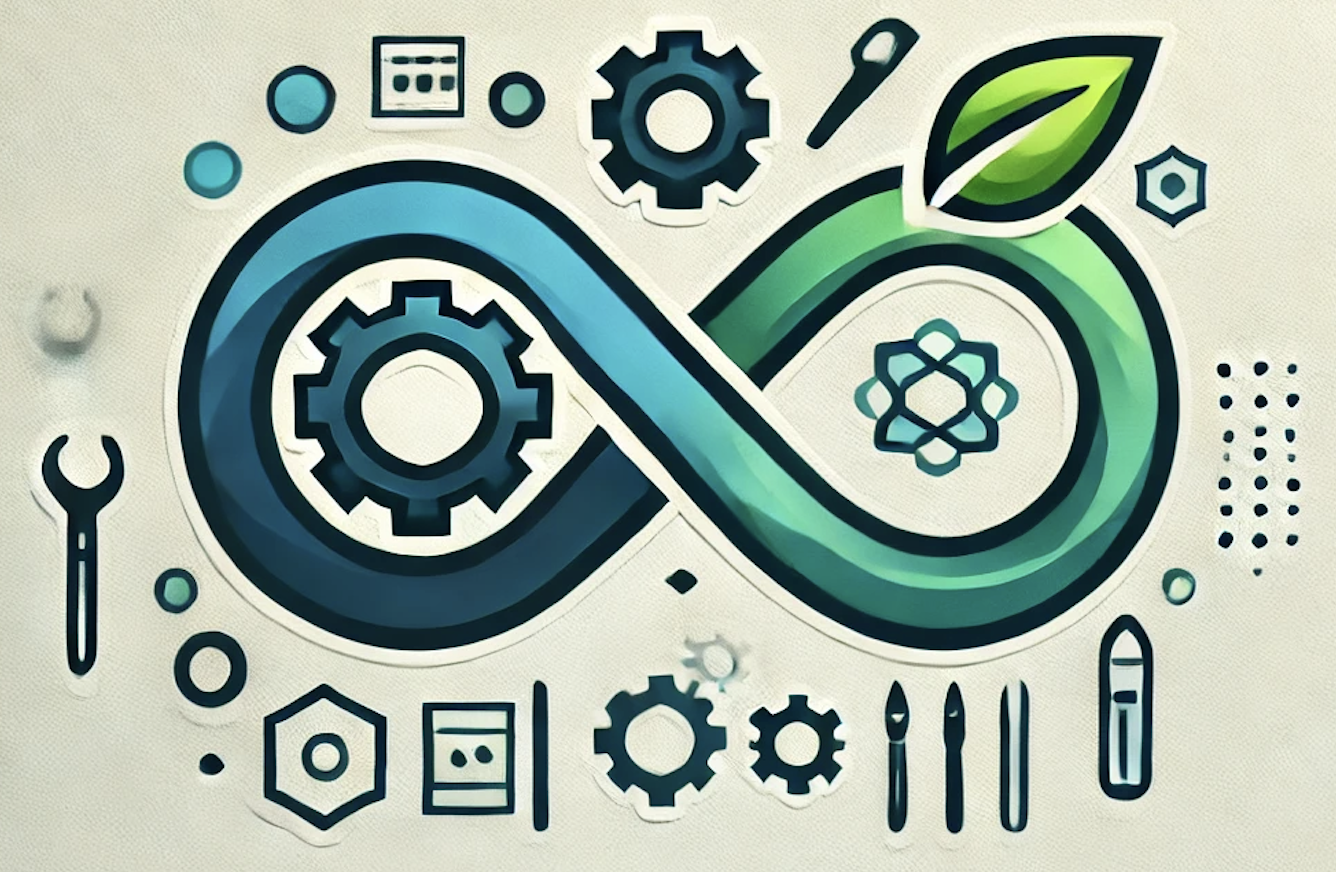Sustainability in DevOps: Building Greener Software Practices
 DevOpshelian
DevOpshelianAs the world becomes increasingly conscious of the need for sustainability, DevOps teams are exploring ways to reduce their environmental footprint. Sustainability in DevOps goes beyond building efficient applications — it encompasses optimizing infrastructure, improving energy efficiency, and adopting responsible practices that contribute to a greener IT environment.
Why Sustainability Matters in DevOps
The digital world consumes massive amounts of energy. According to reports, the IT sector contributes around 2% to 4% of global CO2 emissions, comparable to the aviation industry. As organizations scale their IT infrastructure, there’s a growing demand for energy-efficient practices to reduce carbon footprints while maintaining high performance.
How DevOps Can Drive Sustainability
Optimizing Cloud Usage: One of the easiest ways to reduce energy consumption is by optimizing cloud infrastructure. DevOps teams can use tools like auto-scaling and resource optimization to ensure that cloud resources are only used when needed, reducing unnecessary workloads and idle infrastructure.
Energy-Efficient Code: Writing efficient code can drastically reduce the processing power and energy required to run applications. By promoting best coding practices and leveraging modern programming languages, teams can build more sustainable applications.
CI/CD Pipeline Efficiency: Continuous integration and continuous delivery pipelines consume significant resources. Optimizing these pipelines, for example, by reducing the frequency of builds or using parallel processing, can lead to substantial energy savings.
Containerization: By leveraging lightweight containers (such as those managed by Kubernetes), teams can reduce the overhead of running virtual machines and maximize resource utilization.
Sustainable DevOps Practices
Green Cloud: Major cloud providers like AWS, Google Cloud, and Microsoft Azure now offer regions powered by renewable energy sources. DevOps teams can choose sustainable cloud regions to reduce the carbon footprint of their deployments.
Idle Resource Management: DevOps teams should implement strategies to shut down or scale back unused or underutilized infrastructure, especially in non-production environments.
Carbon-Aware Workflows: Tools like Green Algorithms can estimate the energy consumption and carbon footprint of computational tasks. Integrating such tools into DevOps workflows can help monitor and optimize resource consumption.
Tools for Monitoring Sustainability
Cloud Carbon Footprint: An open-source tool that estimates the energy consumption and carbon emissions of cloud infrastructure.
Sustainable CI/CD Pipelines: Platforms like GitLab are introducing features that track the carbon footprint of CI/CD pipelines, helping teams make eco-conscious decisions during the development process.
The Future of Sustainability in DevOps
Sustainability is becoming a top priority for organizations worldwide, and DevOps plays a crucial role in achieving greener IT environments. By integrating energy-efficient practices into their workflows, DevOps teams can not only reduce their environmental impact but also save costs by optimizing infrastructure usage. As tools for carbon tracking and energy optimization improve, sustainability in DevOps will become an integral part of future software development processes.
Subscribe to my newsletter
Read articles from DevOpshelian directly inside your inbox. Subscribe to the newsletter, and don't miss out.
Written by
